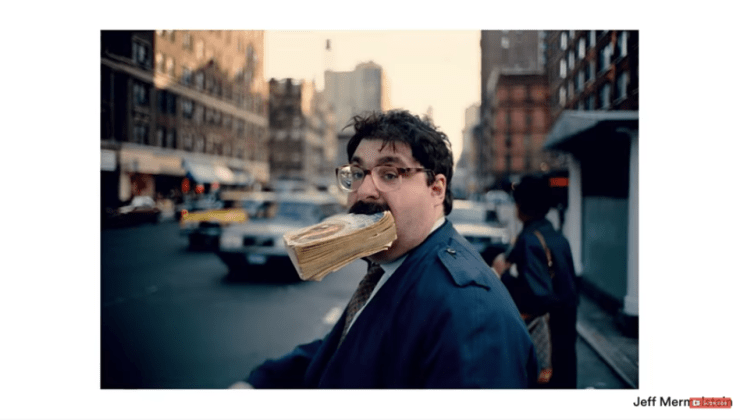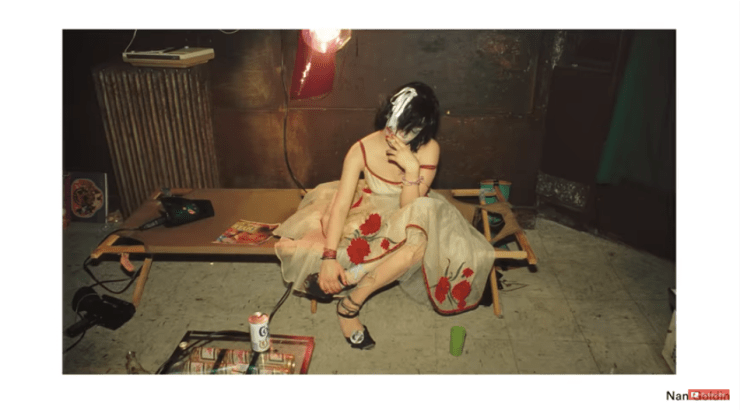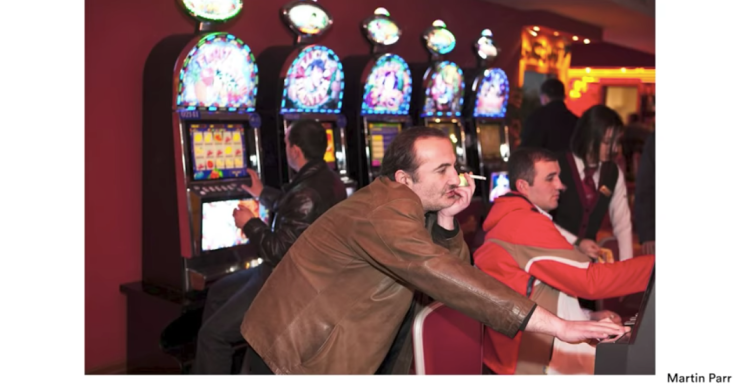Street photography remains one of the most important and fascinating genres today, primarily because it allows us to immortalize slices of life at a certain point in time. However, it’s not one without its own set of problems and issues.
In his video above, London-based photographer Jamie Windsor shares his thoughts on why we shouldn’t do street photography vis a vis examples of how it’s done correctly. If you’re just getting started with street photography, his insights will give you examine your own motivations for capturing life out in the streets.
What great street photography is
“Street photography can be a positive counterpoint to our culture of selfies, and our dysmorphic self-image that we perpetuate through our social media platforms,” Windsor said on the positive side that the genre brings to photography and society in general. It allows us to see our world more objectively and show cultures from a particular place and point in time.

This quality is what many of the notable street photographers then and now have strived to achieve and exemplify through their work. It’s what inspires today’s generation of photographers to hit the streets and portray life with authenticity and significance.
What street photography shouldn’t be
However, Windsor also expressed his concerns against the dangers of representation — or the risk of misrepresentation — when we go out there and take photos of people going about their daily lives. This delves into the tricky topic of ethics in street photography, which goes beyond issues pertaining to privacy.


For him, representation is the most pressing ethical quandary about street photography because of its very nature. To make his case, he discussed the works of Chinese photographer Fan Ho, who famously photographed Hong Kong in the 1950s; and American photographer Nan Goldin, who is best known for her deeply personal and intimate captures of the American trash culture. Windsor believes that their works look and feel more honest and authentic because they share slices of life that they themselves also lived.
Then, he compared them to the work of British photographer Martin Parr, which made him feel like they’re representations of the working class by a middle class photographer.

The comparison boils down to a thought-provoking question by Windsor:
“These photographers have lived the subjects they’re representing, and there’s a truth in their work that comes through … Can you accurately represent a culture that you’re not part of? How much insight can you offer?”
While he doesn’t have a clear-cut answer, he believes that street photographers should always come from a place of empathy. The bottom line? Be brutally honest about your intentions before pointing your camera and pressing the shutter.
Don’t forget to check out Jamie Windsor’s website and YouTube channel for more of his insights on street photography.
Screenshot images from the video
Tell your story with the second annual Visual Storytelling Conference!
Experience four days of interactive, online training sessions featuring a range of educational content with experienced photographers and content creators. This free event kicks off with a series of technical boot camps to build essential skills, followed by live, online sessions on photography, video, business and social media. Join live from March 10-13, 2022!
